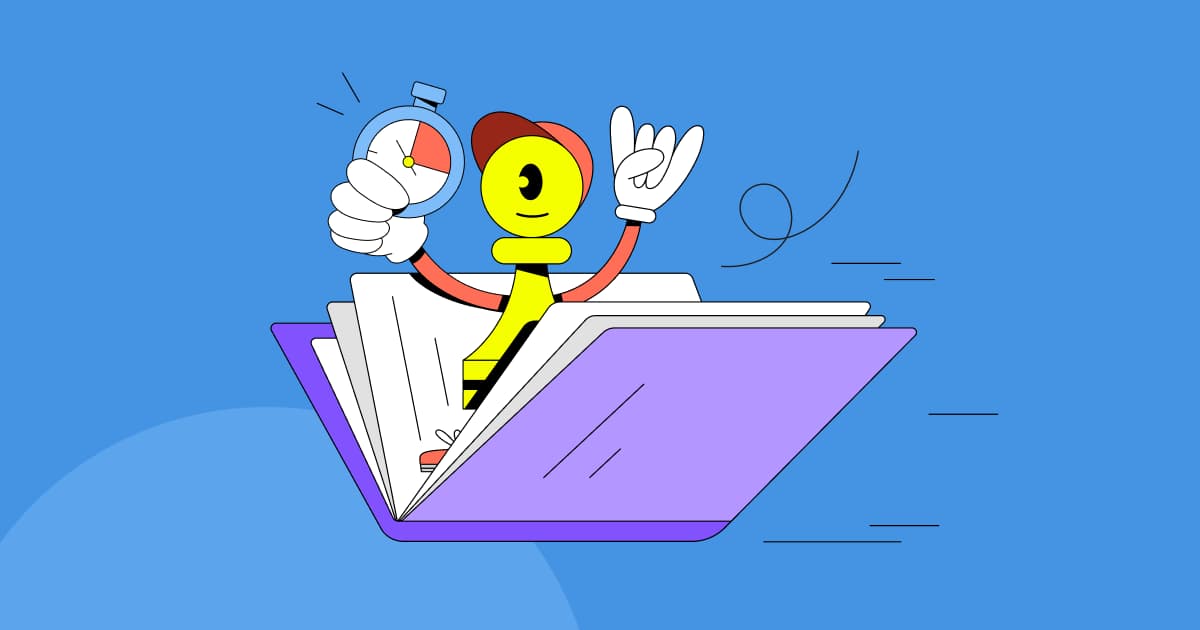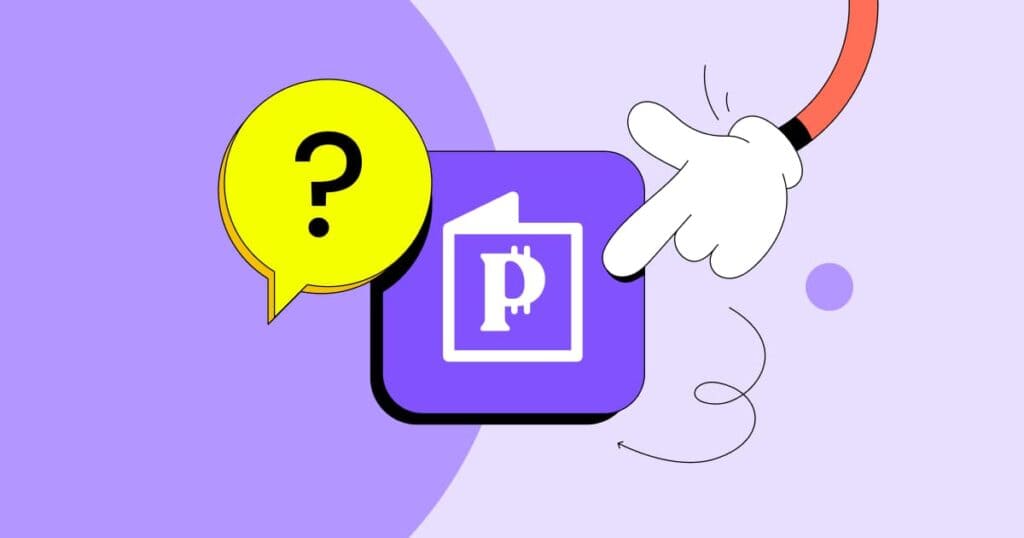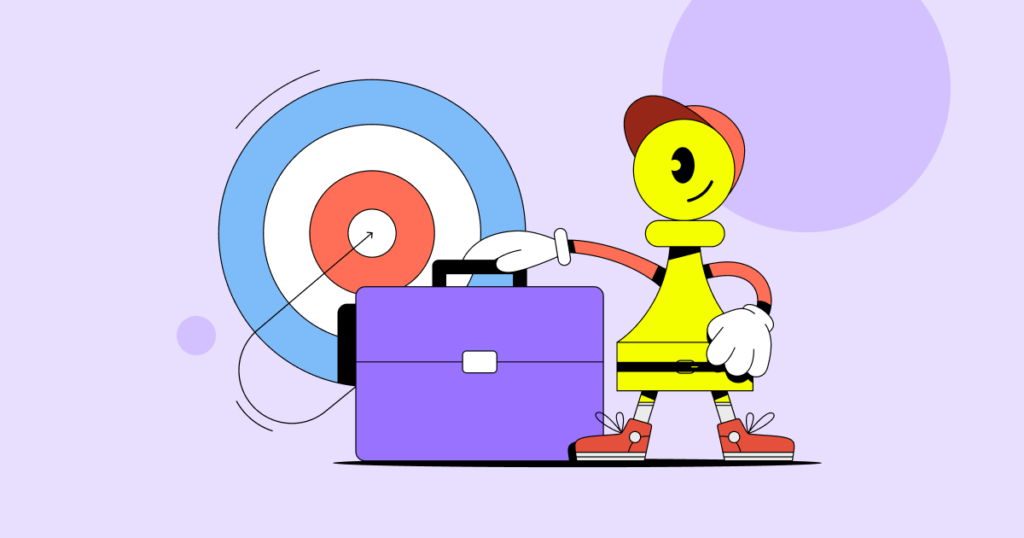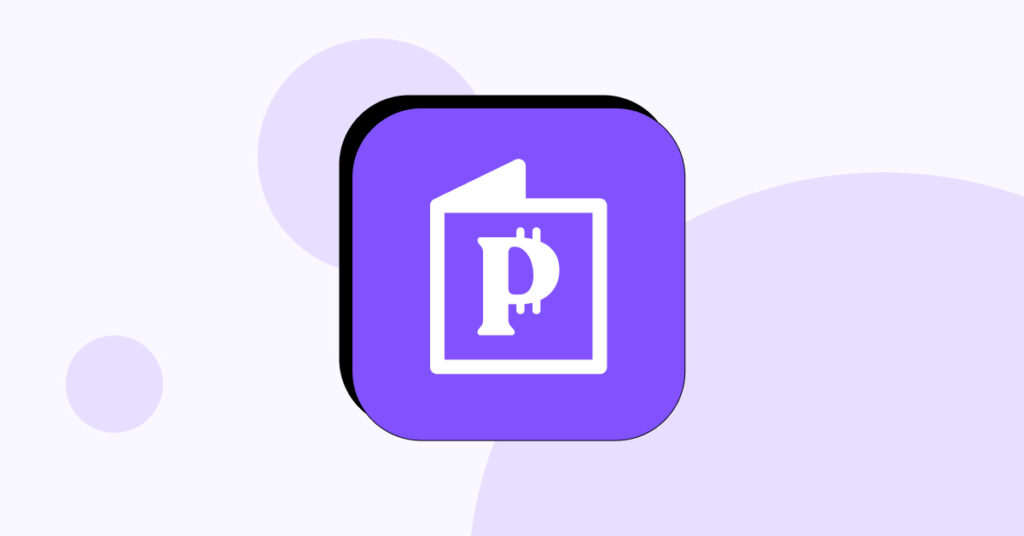Books — they look so compelling on your shelf, bedside cupboard, tiny table, and everywhere else. When you catch them with your peripheral vision, something inside you jumps. It’s the avid reader within you, excited to read an old classic with a modern cover and ready for some instant wordy, nerdy action.
Sometimes — hopefully often, for the sake of your academic rapport — it’s your inner student who can’t give up on the page-to-page routine. But either way, for fun or finals, you wish you knew how to read fast. New bestsellers get released daily, and your next test is always too close. So, let’s see what we can do about that.
1. Create a Solid Reading Plan
A reading plan will put you on track if you’re considering forming an opinion on a specific topic. It’s easy to know which concepts to focus on at a given time — list the reads from basic to advanced! That will boost your reading rate because you’ll gradually grasp the ideas and the related terminology, not getting stuck in complexity prematurely.
So, flying a Boeing 737 across lines with nothing but your pupils is about working with your current potential and building from there. In study books, the fundamental aspects of subjects are usually discussed in the first chapters, and the most complex ones crown the book’s end. However, when planning to be self-taught, you must make a reading schedule yourself.
Not sure where to start? Recommendations from friends familiar with the topic of your interest can help! Plus, the chance for fun — and sometimes heated — debates is high.
2. Scan or Skim the Text
It might seem like doing extra work, but if you want to learn how to read fast, you should try scanning through texts. The idea is simple: pinpoint what matters and discard what doesn’t! And more importantly, you know what ideas the to-be-read lines will curl into — you know what to expect, so your mind can absorb the content quickly without stumbling upon unknown concepts.
This technique is excellent to use when exploring non-fiction literature. However, it also works for fictional characters, dialogues, and plot twists. And clocking chapters is even easier with visual cues.
For instance, take your marker and highlight some keywords or sentences that sum up the main points. Or, trace a path for your eyes to follow by pointing through the paragraphs with your fingers. Paying attention to titles and subtitles is also excellent for creating a mind map of visual details related to a text.
3. Read Phrases Instead of Words
Unless you’re scrolling through our blogs, you don’t have to read a piece word by word. With some side-to-side looks, your eyes can “catch” about five words at a time — enough for scanning phrases. Your peripheral vision also aids the process, smoothing the transition between sentence fragments.
As you string phrases, ignore the sections that convey no important information. This will speed up your reading and save you from memorizing filler text. Focusing on only some words can help you identify such paragraphs faster, so it’s a win-win, especially if you have bulky editions to finish.
We don’t recommend this method of reading when the book between your palms is the one you intend to ace a fine with. For one, you need to train before you can put the trick into play, so you’ll probably skip on valuable insights. Also, textbooks should be read at a reasonable rate that lets you process their content and potentially integrate tiny bits of info into your overall understanding of the subject.
4. Stay Focused
Wandering off in Errandland halfway through each page won’t help your reading time. It’s impossible to be quick and think about this and that in the meantime! Likewise, you can’t multi-task, so simultaneously diving into a book and, for instance, knitting is a struggle.
To understand how to read fast, you must first know how to focus better. That, for starters, means eliminating distractions and taking breaks. Moreover, it has to do with differentiating between the moments when scrolling through reels is pausing from hard work and when it’s a mask for procrastination.
Timing yourself while on your mission can also help. You can note your scores, pamper yourself when you break an old record, and keep the wish for better results alive. Of course, the goal is to test your speed when swifting through complex reads — challenging yourself with easy texts won’t yield accurate data!
5. Don’t Subvocalize
As you move from capital letters to dots, you hear your inner monologue dubbing you hard. The words in your head follow each syllable as a shadow, giving meaning to those lines. It’s a phenomenon called subvocalization. But what if we told you monologuing this way is unnecessary and counterproductive?
Your inner buzz is the perfect soil for distraction, and its dedication to each word doesn’t contribute to rapid reading. Luckily, you can learn how to eliminate this habit or at least decrease the odds of slipping into it. It all starts with understanding that it’s not a good thing to do when trying to be a faster reader.
You begin gaining speed once you try reading with the inner reader muted. And if music and reading go hand-in-hand for you, you can combine this strategy with playing chill tunes on your headphones to turn the monologue off and double your success. Another way to stop subvocalizing is to use your index finger to focus on important text chunks.
6. Stop Rereading
Books are engaging because of the way language flows through their pages. Authors have a flair for words, so you can expect them to paint worlds in different fonts and tickle your emotional self as you mentally travel the universes between the pages. But sometimes, the complexity of their sentences makes us reread them, even if that harms our reading agility.
When we reread stuff, we do it to understand better what’s written. However, that’s not always possible to do: some lines can start making sense by the end of a paragraph, and others are a mystery until the last chapter! And often, some of them don’t even matter.
To learn how to read fast, you must stop rereading. When a line isn’t “see-through,” let it slide! Of course, studying the subject of your focus beforehand and covering the basics will prepare you for its more challenging aspects. Revisiting complex parts later or rereading the entire book will do the same.
7. Read More
After a few tips to quit about stuff that can slow you down, here’s one about starting a thing to speed you up: read! A gazillion books are out there, and a small — or quite large — part of them can sag your shelf. Or, if you want to save money but still invest in your reading speed, go to a library.
Reading the first word will lead you through the first line, which, in turn, will show you around the paragraph. And one day, you’ll feel the healthy pride of finishing an entire book! On top of that, your vocabulary will be richer, and it’ll continue to improve with each of your phrase-ly feats!
The more you read, the faster you’ll become at this craft. Your zeal for the crispness of the page will grow stronger, and the many terms you encounter will lift the burden of not knowing what specific words mean and having to lose time looking them up. So, read books but also magazines, articles, research papers, and whatever decent piece comes your way!
Fast Like the Flash Rolling Swiftly on Coins of Cash
Tip time is over. But can you learn how to read fast? Of course! Have patience, use our advice to form new reading habits, and “lamborghinize” yourself reading-wise. Take things slowly — pick a tactic or two, and see how much success you’ll have with them. But don’t overwork yourself — take on challenges by following your rhythm.
Apart from reading faster, you can also accelerate your financial success. Interested how? In that case, Pawns.app has some questions to answer, and you might like them! Make a few clicks, check it out, and ride the tides of passive income at your own pace — or faster!














